The Fourteenth Army played a vital role in victory over Japan. During the Burma campaign, they faced the danger of tropical diseases, as well as Japanese forces.
Made up of over 600,000 troops, more than 85% of forces were from pre-partition India, including Gurkhas from Nepal, and troops from 12 African nations.
Which diseases were the Fourteenth Army susceptible to in the Far East?
Key facts about the Burma campaign:
- December 1941 – August 1945 – it was the longest campaign fought by the British and Imperial forces during WW2.
- The Japanese entered the War in December 1941, advancing through the Far East seemingly undefeatable. 1944 was the turning point and a victorious 14th Army began its pursuit of the Japanese into the Burmese jungle.
- At the beginning of the Burma campaign, disease was a significant threat to maintaining military strength. 80% of the British and Imperial forces evacuated from Burma in 1942 had contracted some form of disease. In 1942, for every soldier evacuated with wounds, 120 were evacuated through disease.
- Treatment typically meant an absence from duty of a minimum of 25 days plus travel time from the front to hospital in India. A soldier would be out of action for several months and weaker from the illness.
- The Allies asserted that in Burma, sickness (malaria and dysentery) for the Commonwealth troops was more dangerous than the Japanese.

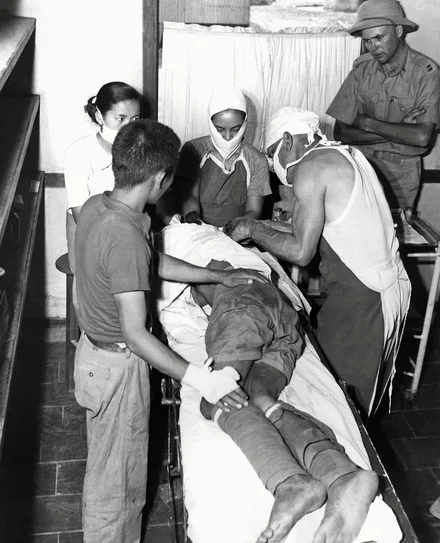
What is malaria?
A mosquito-borne infectious disease. Typical symptoms are: fever, tiredness, vomiting and headaches. Cases can become severe, causing seizures, unconsciousness and death.
Depending on how effective the treatment is, patients can experience a relapse months later. If the person is regularly exposed to malaria they may develop partial resistance and subsequent attacks tend to be milder. If the person is no longer exposed to malaria, their resistance will be lost within months, but may last over a year or two.
Once bitten, patients experience the first symptoms within 10 – 15 days. The mosquito bite transfers parasites into the patient’s blood. These attack the liver and in extreme cases can cause the patient’s skin to turn yellow.
Medics diagnosed malaria by taking a blood sample from the patient. Often without the right equipment, doctors on the frontline such as in the jungle, had to diagnose the patient based on the symptoms presented.




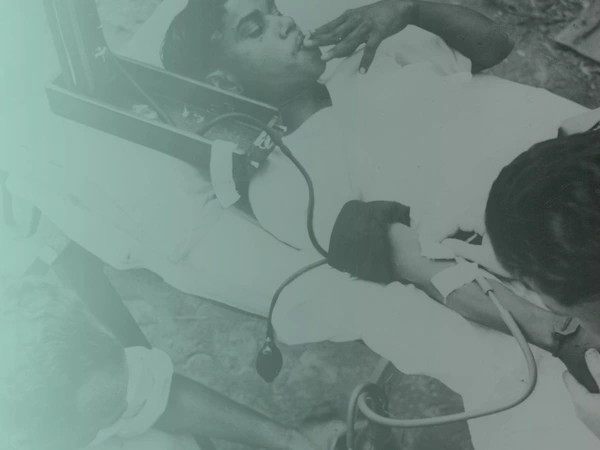

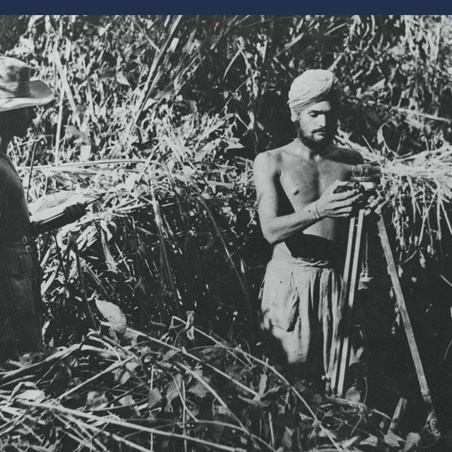

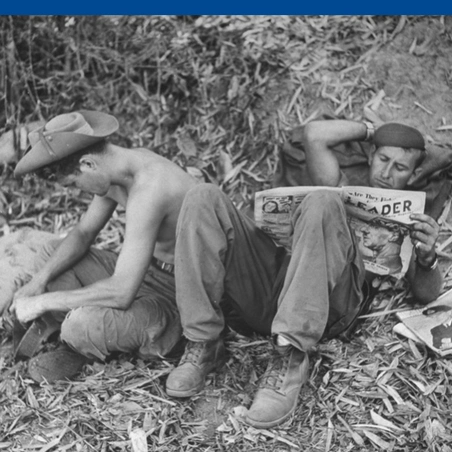
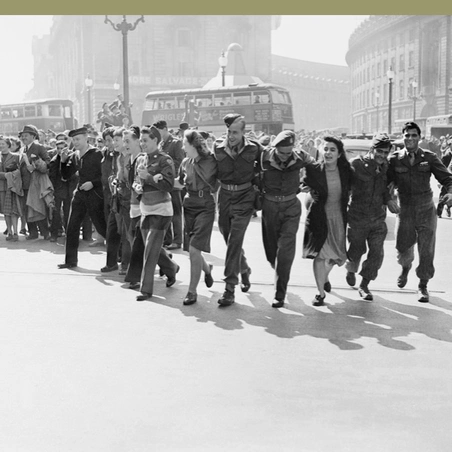
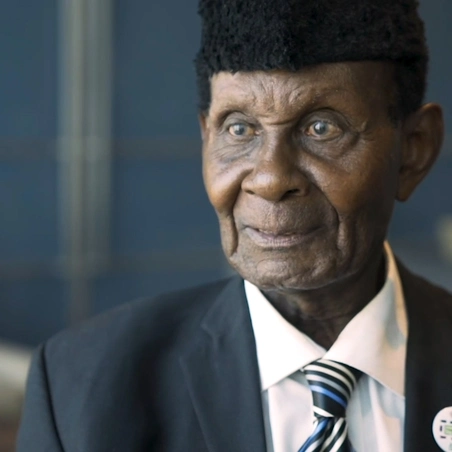

-and-friends-kuala-lumpur-1945.jpg?sfvrsn=3e95a932_4&method=CropCropArguments&width=452&height=452)